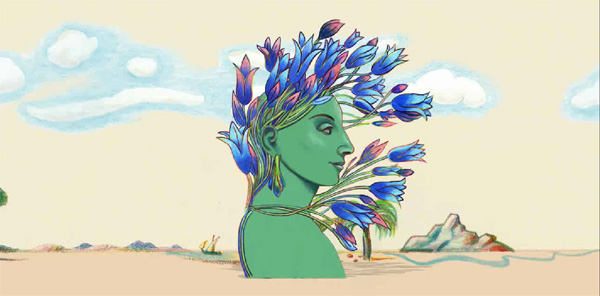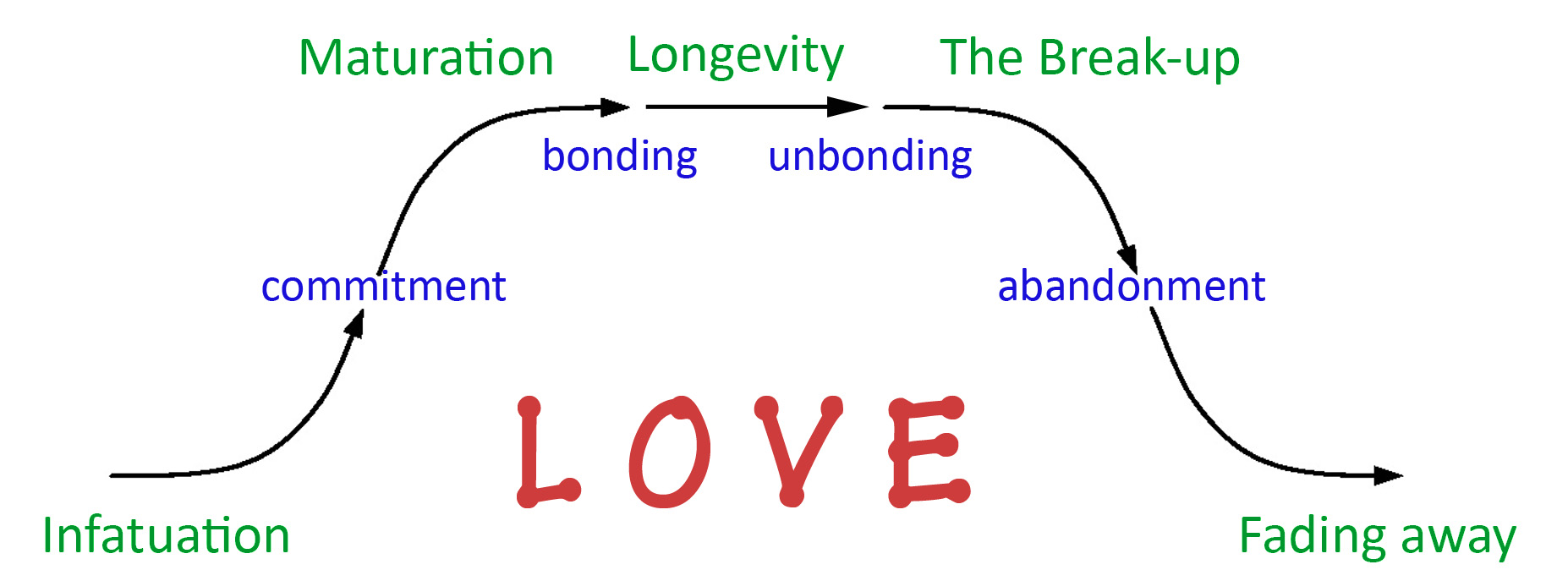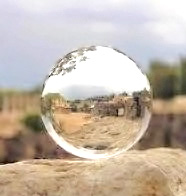It’s easy to notice that our society is enjoying the great benefits of “an information age”,
..but also suffering from lots of “bad information”.
I remember the first day I heard what the future internet would be like, I think it was in the summer of 1978. My immediate response was that it would quickly drown in misinformation. It has not happened quite the way I expected, as a “massive database pollution” of facts that could not be checked disconnected from their origins.
What has polluted the information network that way is torrential storms of unfounded beliefs, seeming to threaten our whole complex society.
I think we need a “spiritual” solution, the spirit of the hunt for our own errors and for what realities connect disparate views and beliefs. Another name for it as an “information disease” is a “multiplication of languages”. Disparate belief systems come from social networks, only unhealthy when they become increasingly disconnected with each other and the natural world subjects their beliefs are about. All of us can make a list of groups that increasingly define reality in terms of their own social religion, the “fiscal conservatives” and “radicalized Islam” for example. Continue reading Dogged by confused realities… the spirit of the hunt?




